MIT study finds materials risk exposure increases significantly with vehicle electrification
Green Car Congress
JULY 17, 2021
Now, a study by a team from MIT’s Materials Systems Laboratory, with support from Ford, provides insight into how electrification is changing vehicle composition and how that change is driving supply risk vulnerability. Modern automobiles are built with more than 2,000 different compounds comprising 76 different elements. Field, Robert D.





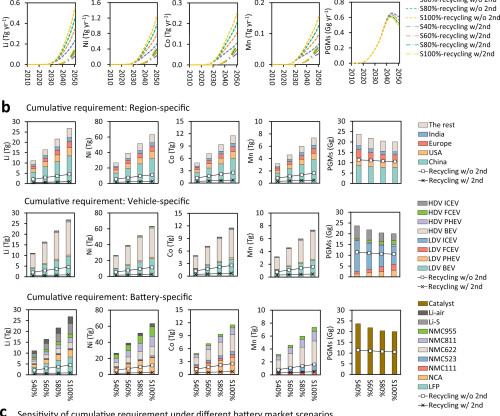



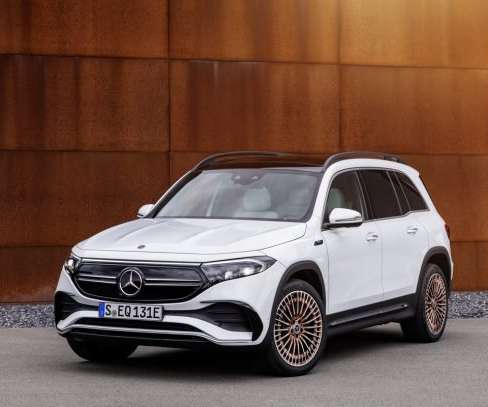
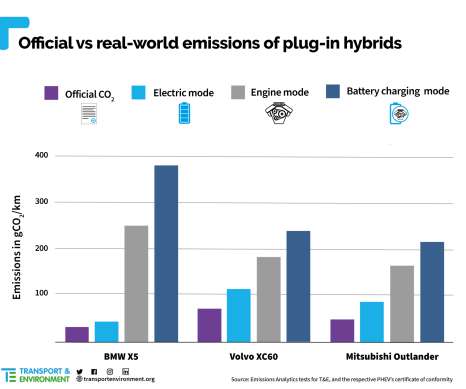

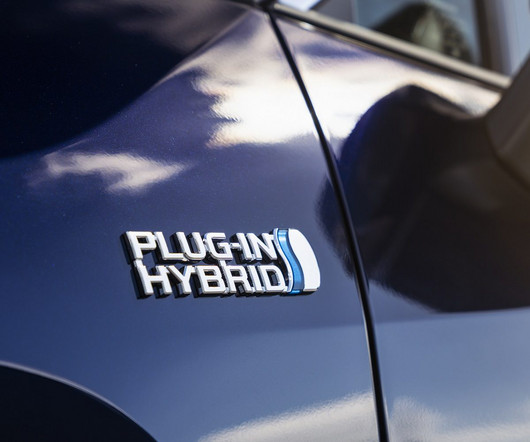


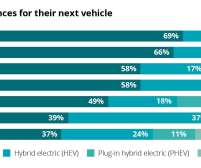







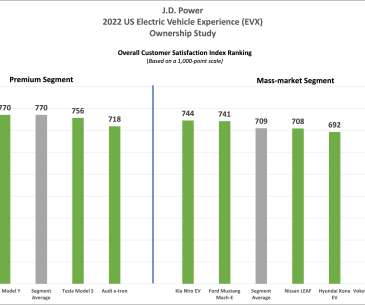



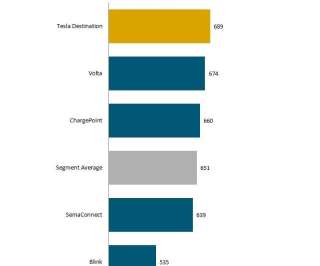

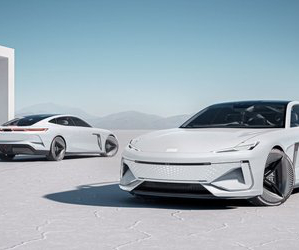
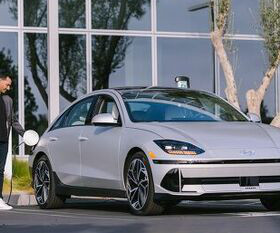















Let's personalize your content